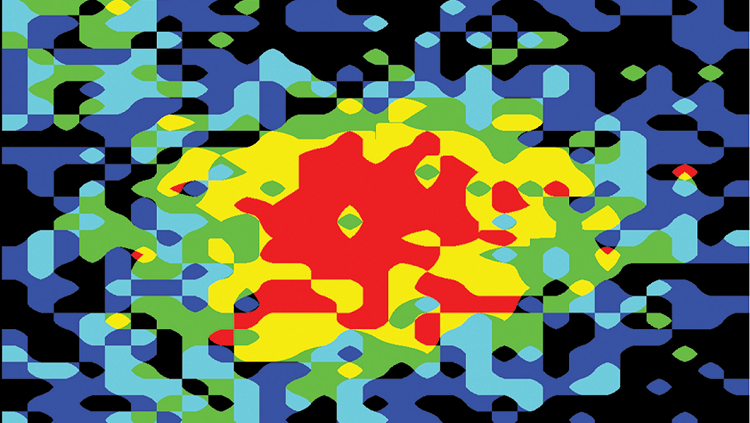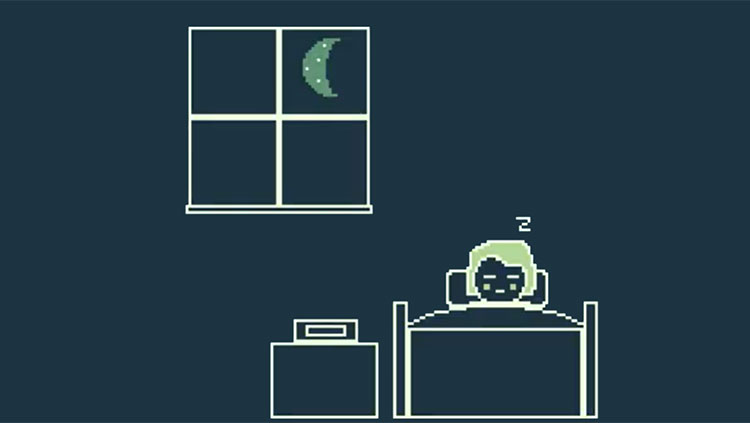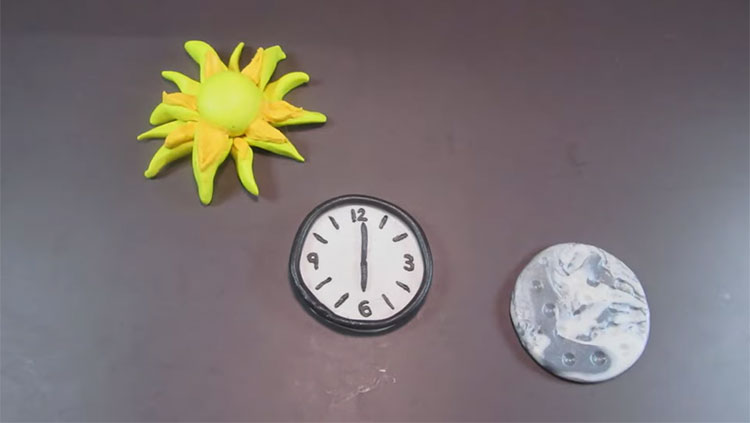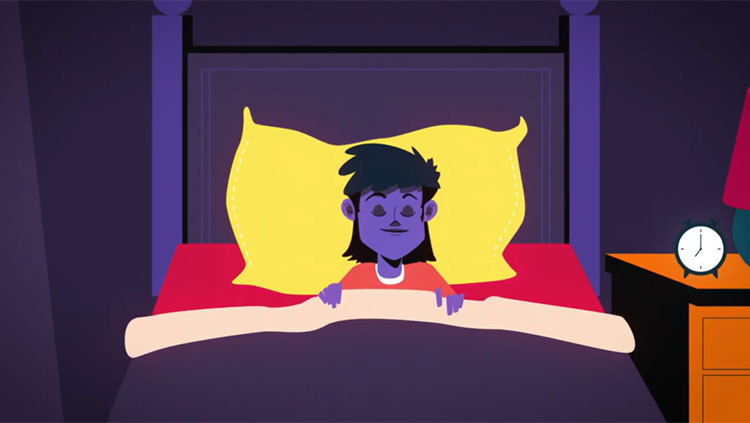Syncing the Body's Clock
- Published4 Jun 2019
- Author Charlie Wood
- Source BrainFacts/SfN

Spend a month underground, and you’ll still sleep and rise with the unseen sun, as researchers in Kentucky’s Mammoth Cave found out in 1938. Just about every cell in your body marks the passage of time with its own clock, but with a ticking based on genes rather than cogs. The image above shows one such type of clock, Period1, switching on in a single zebrafish cell. Hot colors — red, yellow, and green patches — show higher Period1 expression in the cell at this moment.
The cave-dwelling researchers also found that our clocks tend to lag behind the solar day. To stay synced, we need sunlight. Zebrafish’s transparent bodies give their cells easy access to the sun, but opaque humans rely on cells in our eye to send information about light and dark to a part of the brain called the suprachiasmatic nucleus (SCN). The SCN, sitting just above where the eye’s nerves cross, serves as a sort of atomic clock, adjusting to the local light cycle and then synchronizing daily rhythms in the brain and body. These pacemaker neurons recognize when sunbeams have slipped between your bedroom’s blinds, and they tell the clock genes, and you, that it’s time to rise.
CONTENT PROVIDED BY
BrainFacts/SfN
References
Colwell, C. S. (2011). Linking neural activity and molecular oscillations in the SCN. Nature Reviews. Neuroscience, 12(10), 553–569. doi: 10.1038/nrn3086
Walker, M. P. (2017). Why We Sleep: Unlocking the Power of Sleep and Dreams. New York: Scribner, an imprint of Simon & Schuster, Inc.


















